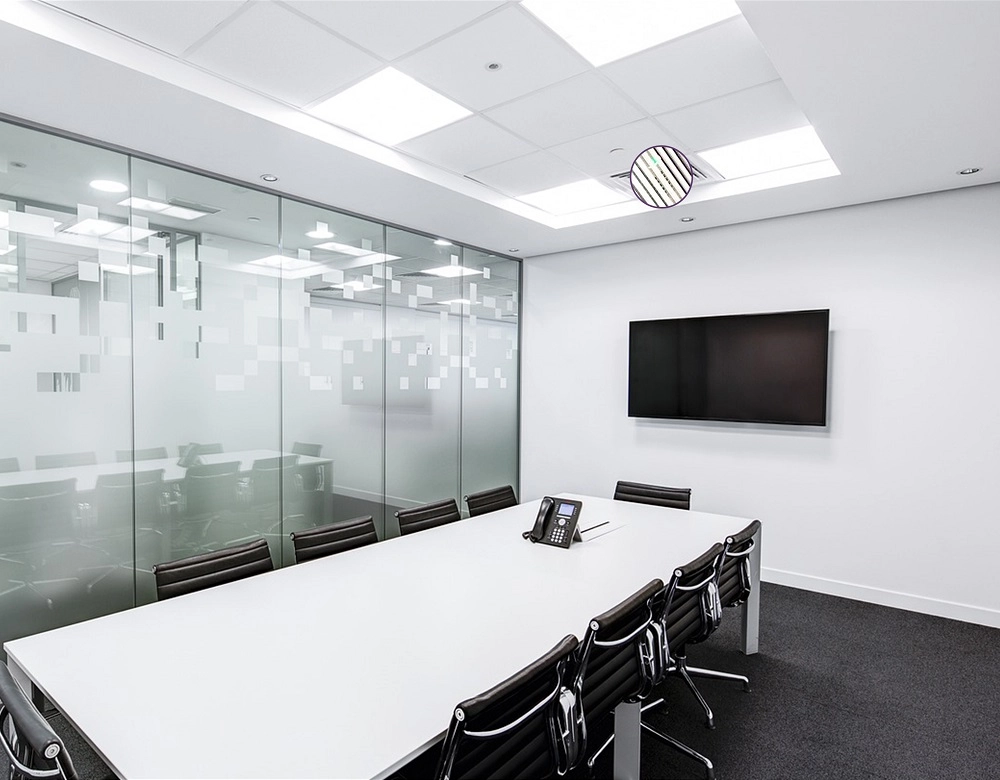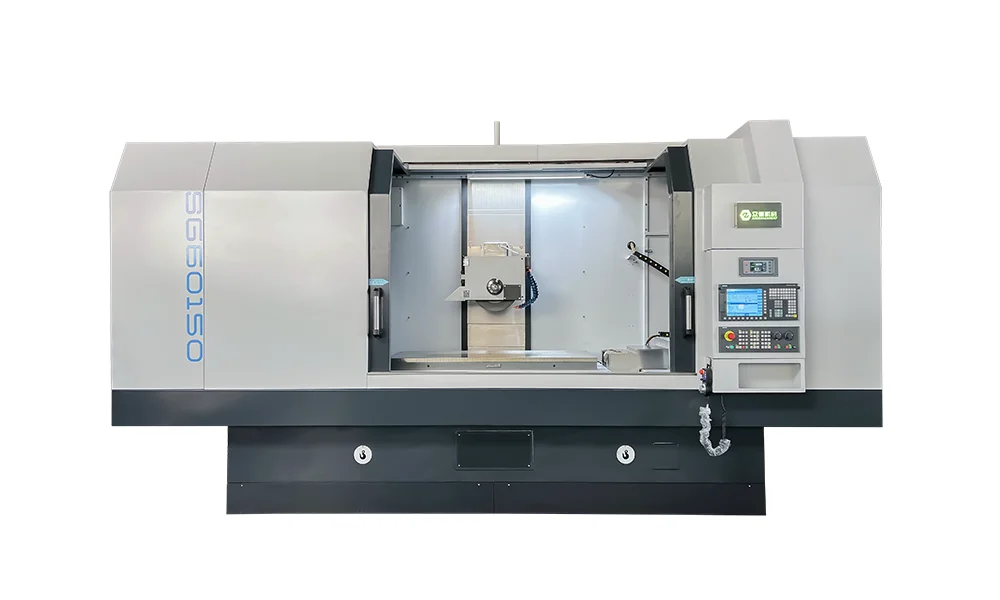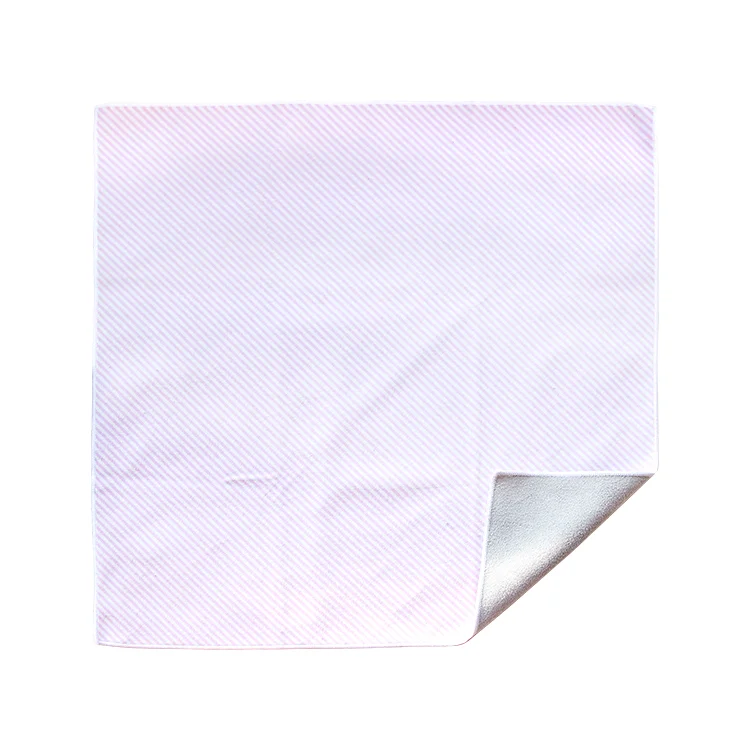How Plasma Air Purifiers Revolutionize Indoor Air Quality?
Mold is one of the most persistent and invisible enemies of indoor environments. It thrives in moisture-rich areas—bathrooms, basements, kitchens—and spreads microscopic spores into the air. These spores not only produce unpleasant odors but can also trigger allergies, asthma attacks, and even chronic respiratory conditions. Traditional cleaning and ventilation methods often fail to address the root cause: airborne mold spores that continuously circulate and settle. In this blog post, as a high performance and durable air purifier manufacturer, RUIAIR will share the working principle of efficient plasma air purifier to remove mold for sale.
Why Traditional Air Purifiers Struggle with Mold
Most conventional air purifiers rely on HEPA filters to trap particles as small as 0.3 microns. While effective for dust and pollen, HEPA filters face limitations when it comes to active mold spores. They capture spores but don’t neutralize them—allowing growth to occur inside the filter itself if humidity is high. This not only reduces filter life but also risks releasing spores back into the environment during replacement.
In contrast, plasma-based air purification takes a fundamentally different approach. Instead of passive filtration, it employs an active ionization process to destroy spores at the molecular level. This makes plasma air purifiers not just a cleaning tool, but a biological defense system for indoor spaces.
Science Behind Plasma Air Purifiers
A plasma air purifier to remove mold works through a fascinating electrochemical reaction. Inside the unit, a high-voltage discharge creates a plasma field—a mix of positive and negative ions. These ions collide with water vapor and oxygen molecules in the air, producing reactive species such as hydroxyl radicals (•OH) and superoxide ions (O₂⁻).
When these reactive ions encounter mold spores, they oxidize and break down the cell wall, rendering the spores inactive. Unlike ozone generators, plasma purifiers do not rely on harmful oxidants; instead, they generate short-lived reactive ions that neutralize contaminants safely and efficiently. The result is an environment where mold cannot grow or spread.

Plasma Ionization: Beyond Mold Removal
While mold removal is a primary benefit, the plasma ionization process brings a broader impact on indoor air quality. It simultaneously decomposes volatile organic compounds (VOCs), neutralizes bacteria and viruses, and breaks down formaldehyde—a common indoor pollutant released from building materials and furniture. This makes the technology particularly valuable in homes, hospitals, schools, and industrial settings where both cleanliness and air sterility are critical.
In addition, the ions generated by plasma air purifiers help cluster fine dust and airborne particles, allowing them to settle more quickly or be captured by secondary filters. The result is a multidimensional purification process that extends far beyond what typical filter-based systems can achieve.
Using Plasma Air Purifiers to Remove Mold in Real Spaces
Practical applications of plasma air purifiers are expanding rapidly. Homeowners use them in humid areas like bathrooms or basements to prevent mold regrowth. In the food processing and storage industry, these systems are used to inhibit mold on perishable goods and packaging surfaces. Hospitals and laboratories employ plasma sterilization to maintain aseptic environments, reducing microbial cross-contamination.
Moreover, the technology is now integrated into HVAC systems, ensuring building-wide air treatment. This allows large-scale facilities—offices, shopping malls, or manufacturing plants—to maintain consistent air quality while minimizing energy costs and maintenance downtime.
How Plasma Air Purifiers Differ from Ozone Generators
It’s important to distinguish plasma air purification from ozone-based systems. Ozone purifiers intentionally generate ozone gas to oxidize pollutants, but at high concentrations, ozone can irritate the lungs and damage materials. Plasma air purifiers, on the other hand, produce ions that react instantly within the chamber or immediate airspace, without leaving harmful residues or long-lived byproducts.
This makes plasma systems a safe, environmentally friendly, and human-compatible solution for long-term use—especially in spaces where continuous air treatment is required.
Long-Term Impact on Indoor Health and Comfort
The presence of mold affects not only health but also the psychological comfort of occupants. Persistent musty odors and dampness create unease, while chronic exposure to mold spores can lead to fatigue and respiratory irritation. By deploying a plasma air purifier to remove mold, users notice improvements in both air freshness and overall well-being.
Unlike traditional systems that require frequent filter replacements, many plasma purifiers have low-maintenance operation, as ionization plates or tubes can last thousands of hours before servicing. This long-term reliability adds to their appeal for modern, sustainable buildings aiming for LEED certification or other green-building standards.
Conclusion
In a world where we spend nearly 90% of our time indoors, clean air is not a luxury—it’s a necessity. Mold, though often invisible, represents one of the most insidious indoor pollutants. The rise of plasma air purifiers to remove mold signifies a technological leap toward truly healthy environments—spaces where people can breathe, live, and work without fear of hidden biological threats.
By merging science, sustainability, and smart design, plasma air purification sets a new benchmark for indoor air quality management. It doesn’t just eliminate mold; it transforms the very definition of clean air for the modern age.
www.sh-ruiair.com
RUIAIR


Average Rating